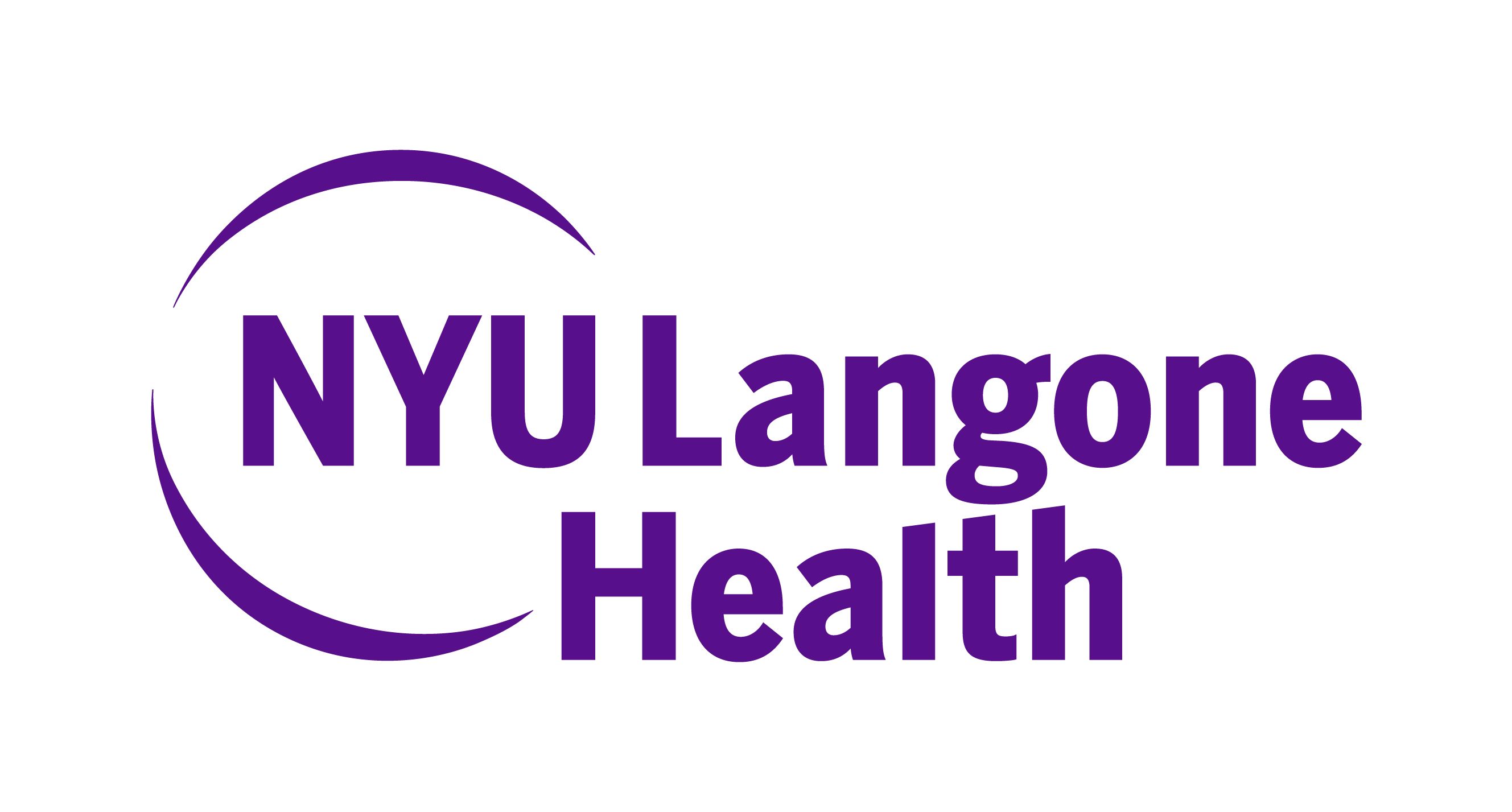All this tool does is count reps, does nothing for actually getting survivors recovered.
Next Steps in Expanding, Validating Capabilities of PrimSeq Digital Stroke Rehabilitation Tool: Heidi Schambra, MD
The associate professor in the Department of Rehabilitation Medicine at NYU Langone provided commentary on when the PrimSeq digital tool could see substantial impact on rehabilitation for stroke survivors and other neurological diseases. [WATCH TIME: 4 minutes]
WATCH TIME: 4 minutes at link.
"In terms of its ability to generalize out to people who look different neurologically, I would guess it’s not going to do well. But that sort of opens the door up to approaches where you can bring in new data and show examples of these patients to this algorithm that’s already primed to some of these motions. Now it’s riffing off that and learning the phenotypes of these motions in this particular subset of patients."
Previous preclinical research has suggested that intense exercise of the upper body can promote recovery after stroke; however, research in humans has shown that people who had a stroke receive, on average, one-tenth of the exercise training program effective in animals. Part of this is because there has not been a standard way to accurately track and quantify movements, which, in turn, may lead to more personalized rehabilitation approaches.
Developed at New York University, the PrimSeq sensor-equipped computer program is a new tool that may revolutionize the quantification and optimization of rehabilitation exercise strategies. In a recently conducted clinical study by investigators at NYU Langone, the tool was 77% effective in identifying and counting the number of arm motions prescribed during rehabilitation exercises for stroke survivors.1 Although it is past proof-of-concept, lead investigator Heidi Schambra, MD, would like to see the tool perform at a higher level in additional analyses.
Schambra, an associate professor in the Department of Neurology and Department of Rehabilitation Medicine at NYU Langone, noted that there is "nothing out there like this," with regard to PrimSeq. In an interview with NeurologyLive®, Schambra answered questions about the digital tool’s readiness for the clinical world, next steps in improving specificity, and whether this application has use in other neurological diseases not including stroke.

No comments:
Post a Comment